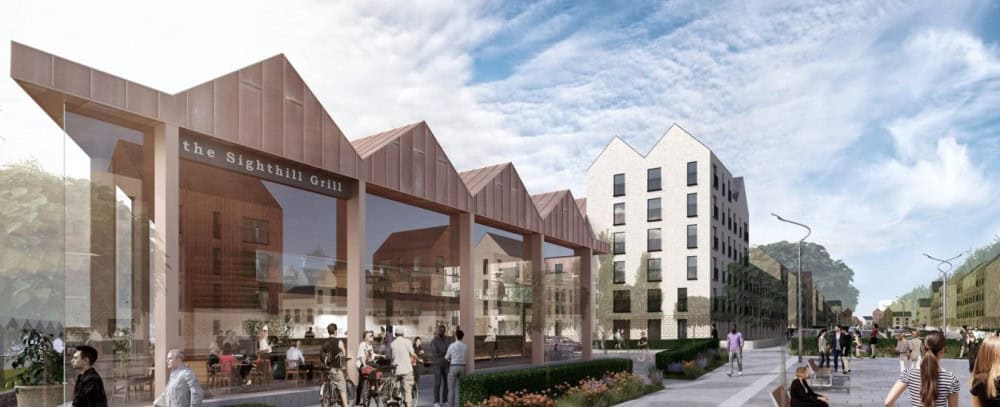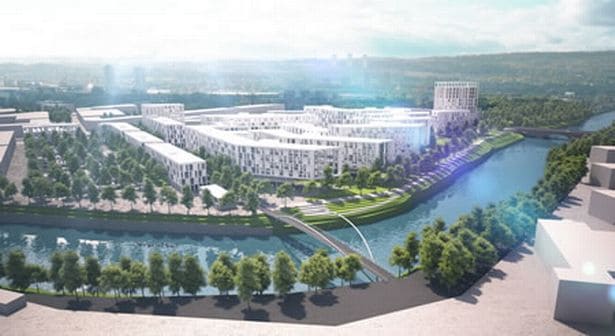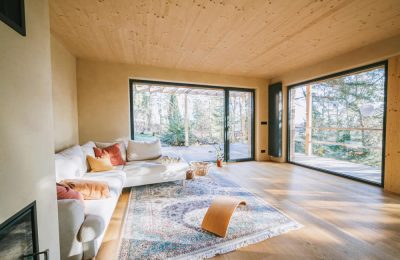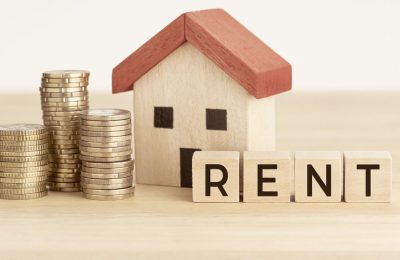In the heart of Scotland’s bustling cities, a quiet revolution is underway, one that is reshaping urban landscapes and revitalising communities. Urban regeneration projects, fuelled by collaboration between public and private sectors, are breathing new life into neglected areas, transforming derelict sites into vibrant hubs of activity. In this blog, we explore the evolution of urban regeneration projects in Scotland, examining their transformative impact on economic development, social cohesion, and the built environment.
A rich tapestry of history and renewal
Scotland’s urban centres are steeped in history, boasting a rich architectural heritage that reflects centuries of cultural influence and industrial innovation. However, alongside these historic landmarks lies a legacy of urban decay and neglect, characterised by vacant lots, abandoned buildings, and neglected infrastructure. Urban regeneration seeks to address these challenges by reimagining underutilised spaces and unlocking their potential for sustainable development.
Public-private partnerships driving progress
At the forefront of Scotland’s urban regeneration efforts are dynamic partnerships between government entities, local authorities, developers, and community stakeholders. These collaborations leverage diverse expertise and resources to deliver holistic regeneration schemes that balance economic viability with social inclusivity and environmental sustainability. By pooling together funding sources, knowledge, and vision, public-private partnerships are driving progress and catalysing positive change in urban areas across Scotland.
From brownfield to greenfield: transformative projects
One of the hallmarks of urban regeneration in Scotland is the transformation of brownfield sites into vibrant mixed-use developments that integrate residential, commercial, and recreational amenities. Former industrial sites and waterfronts are being repurposed into modern urban quarters, complete with stylish apartments, office spaces, retail outlets, and green spaces. Examples include the revitalisation of Glasgow’s Clyde Waterfront and Edinburgh’s Leith Docks, where once-declining areas have been reimagined as vibrant hubs of activity, attracting residents, businesses, and visitors alike.
Community-led regeneration initiatives
Community engagement lies at the heart of successful urban regeneration projects in Scotland, ensuring that local voices are heard and that development plans are responsive to the needs and aspirations of residents. Community-led initiatives empower grassroots organisations and residents to play an active role in shaping the future of their neighbourhoods, fostering a sense of ownership and pride in the regeneration process. From participatory planning workshops to community land trusts, these initiatives foster social cohesion and empower communities to take control of their destinies.
Sustainable development and green infrastructure
In an era of growing environmental awareness, sustainability lies at the core of Scotland’s urban regeneration agenda. Regeneration projects are embracing green building practices, renewable energy solutions, and green infrastructure to minimise environmental impact and enhance quality of life. From energy-efficient buildings and green roofs to pedestrian-friendly streetscapes and urban green spaces, sustainable development principles are woven into the fabric of Scotland’s regenerated urban environments, promoting resilience and well-being for current and future generations.
Conclusion: pioneering a brighter future
Urban regeneration projects in Scotland are not just about reshaping skylines; they are about transforming lives and communities. By harnessing the power of collaboration, innovation, and inclusivity, these projects are pioneering a brighter future for Scotland’s cities, where economic prosperity, social cohesion, and environmental sustainability go hand in hand. As we continue to witness the evolution of urban regeneration in Scotland, we are reminded of the transformative potential inherent in revitalising our urban spaces and reimagining the possibilities for shared prosperity and well-being.












